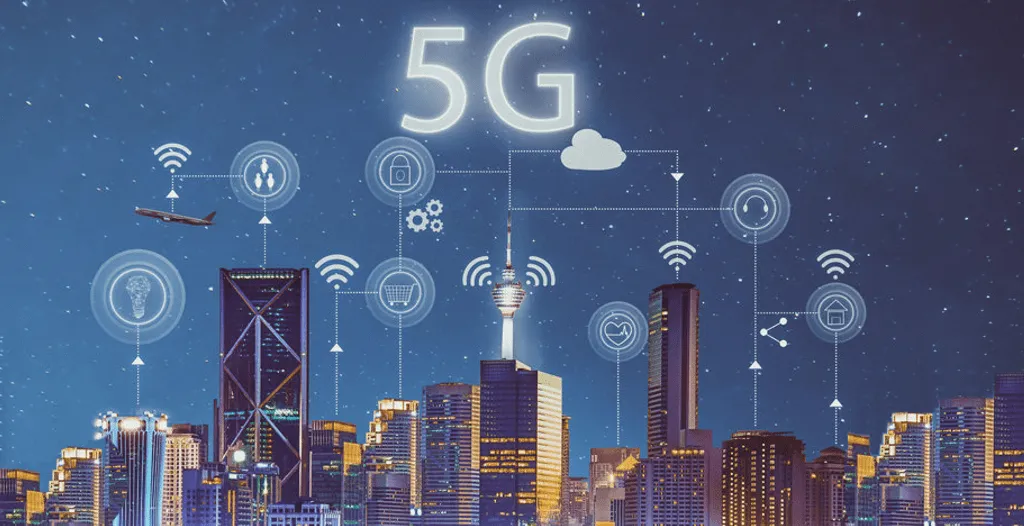In the realm of energy and telecommunications, a team of researchers from Tokyo Institute of Technology, led by Kasidis Arunruangsirilert and Pasapong Wongprasert, along with Jiro Katto, have been exploring ways to enhance the performance of 5G networks, particularly in urban environments. Their work, published in the IEEE Access journal, focuses on evaluating the impact of High Power User Equipment (HPUE) on 5G Time Division Duplexing (TDD) networks.
The researchers set out to address a key challenge in 5G TDD networks: while these networks offer higher downlink throughput due to the use of mid-frequency bands, the uplink performance can be negatively impacted by higher path loss at these frequencies. This can degrade the quality of experience (QoE) for users, especially in less optimal conditions such as at the edges of a cell. With the growing demand for high-performance uplink throughput from applications like the Metaverse, Internet of Things (IoT), and Smart Cities, the 3GPP introduced HPUE, allowing user equipment to utilize more than 23 dBm of power for transmission.
In their study, the researchers evaluated the performance of HPUE in an urban area on a commercial 5G network. They assessed various metrics, including uplink throughput, modulation efficiency, re-transmission rate (ReTx Rate), and power consumption, in both Standalone (SA) and Non-Standalone (NSA) modes. Through modem firmware modification, they also compared performance across different power classes and antenna configurations.
The practical applications of this research for the energy sector are significant. As smart cities and IoT devices become more prevalent, the demand for reliable, high-performance uplink throughput will continue to grow. By optimizing the performance of 5G networks, particularly at the cell edges, this research can help ensure that these devices operate efficiently and effectively, reducing energy consumption and improving overall system performance. Moreover, the insights gained from this study can inform the development of future 5G technologies, paving the way for even more efficient and reliable networks.
In conclusion, the work of Arunruangsirilert, Wongprasert, and Katto represents an important step forward in the ongoing effort to optimize 5G networks for the demands of the future. By addressing the challenges of uplink performance in urban environments, they are helping to ensure that these networks can support the growing number of devices and applications that will shape the energy and telecommunications landscape in the years to come.
This article is based on research available at arXiv.

